Optimal Timing for Concrete Installations
Concrete installations are most effective when performed during optimal weather conditions. Temperature, humidity, and precipitation significantly influence the curing process and final quality of the concrete. Planning installations during suitable seasons ensures durability and reduces the risk of cracks or other issues.
Concrete is best installed when temperatures are between 50°F and 85°F. Extreme cold or heat can hinder proper curing and strength development.
Spring and fall often provide the most favorable conditions for concrete installation, with moderate temperatures and lower precipitation levels.
Rain, snow, or freezing temperatures can delay or compromise concrete curing, making dry, mild days preferable for installation.
Proper curing typically requires at least 7 days, with longer periods needed in extreme weather conditions to ensure strength and durability.
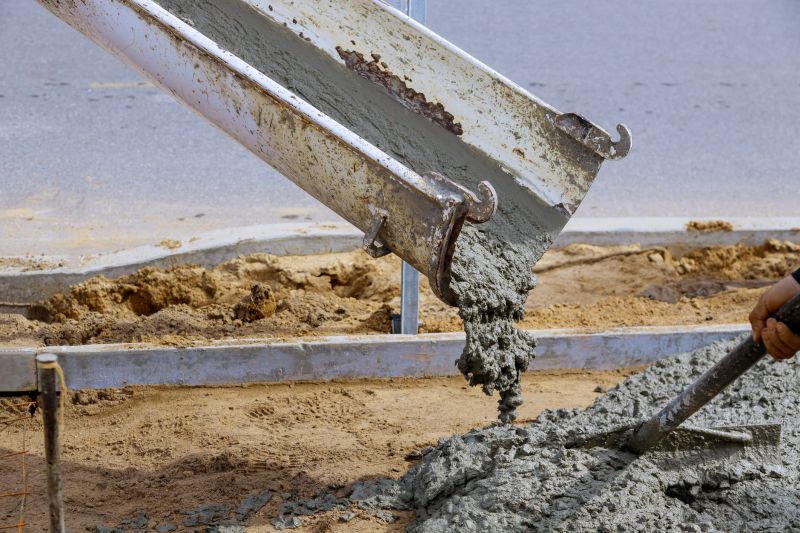
Ways to make Concrete Installations work in tight or awkward layouts.
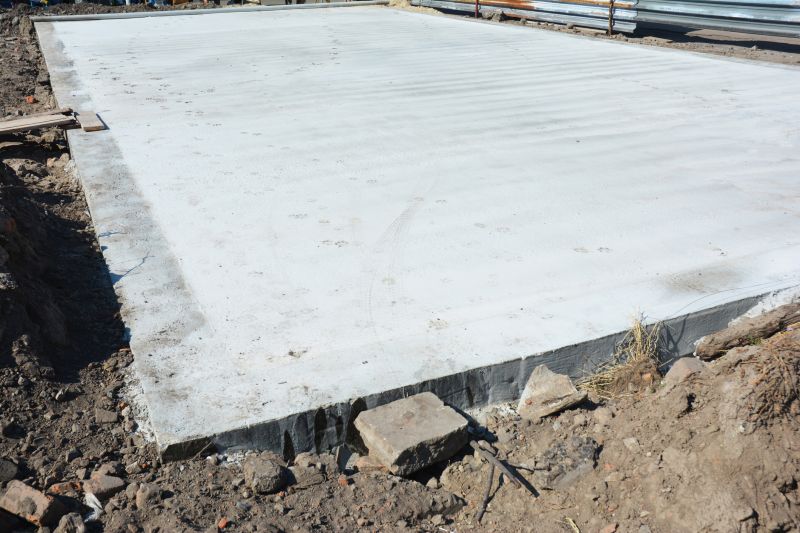
Popular materials for Concrete Installations and why they hold up over time.
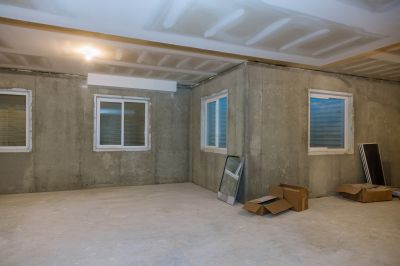
Simple add-ons that improve Concrete Installations without blowing the budget.
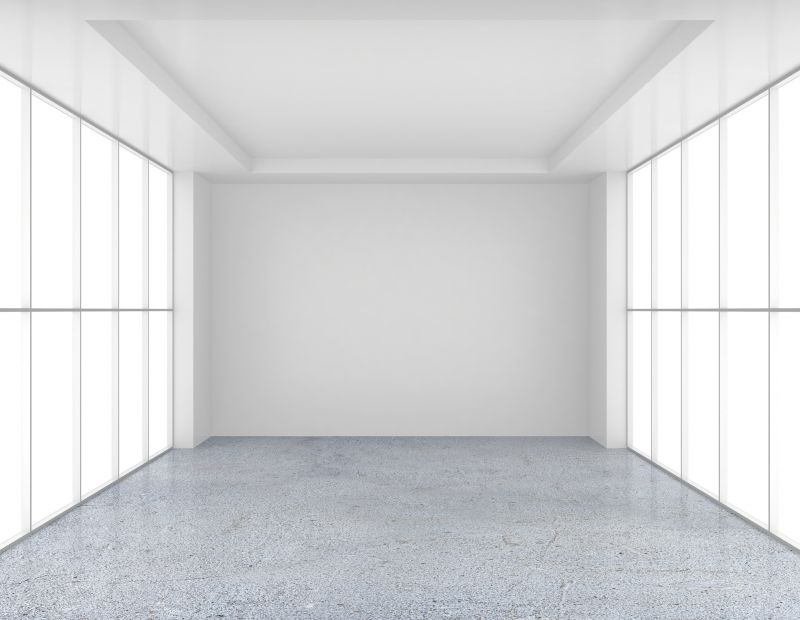
High-end options that actually feel worth it for Concrete Installations.
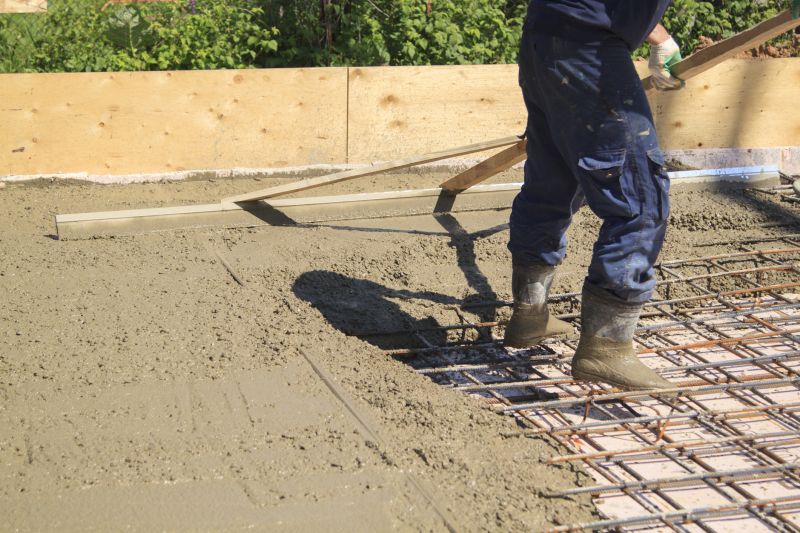
Finishes and colors that play nicely with Concrete Installations.
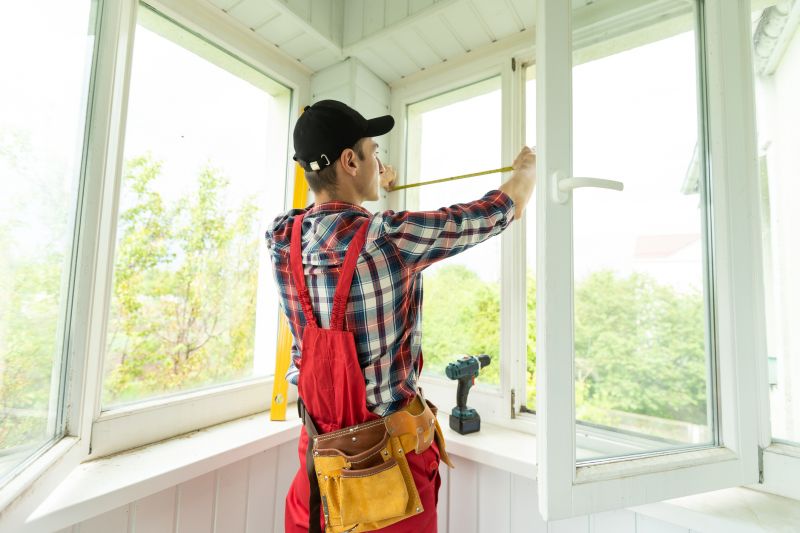
Little measurements that prevent headaches on Concrete Installations day.
| Season | Ideal Conditions |
|---|---|
| Spring | Moderate temperatures, lower precipitation, ideal for installation |
| Summer | Warm but not excessively hot, avoid peak heat hours |
| Fall | Cooler temperatures, stable weather, suitable for curing |
| Winter | Cold temperatures, potential for freezing, generally not recommended |
Concrete installations require careful consideration of environmental factors to ensure longevity and performance. Proper timing allows the concrete to cure correctly, achieving maximum strength and durability. Seasonal planning helps mitigate weather-related issues that can compromise the integrity of the finished surface.

A 60-second routine that keeps Concrete Installations looking new.
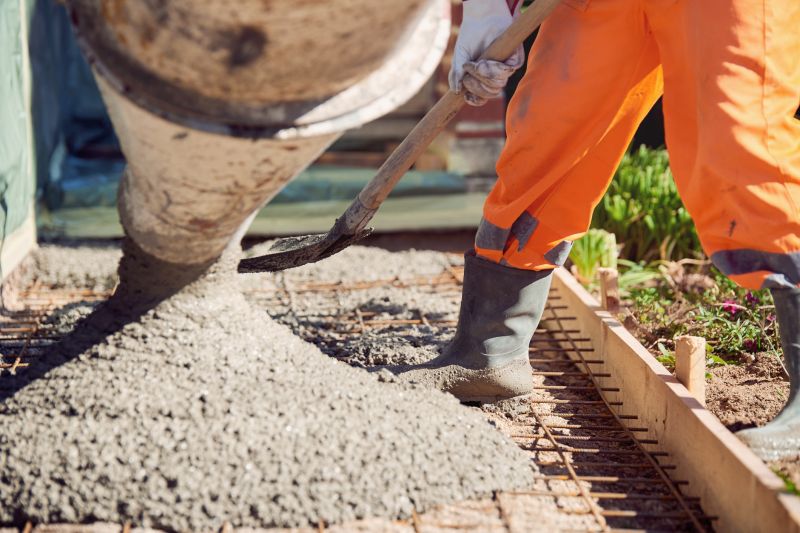
A frequent mistake in Concrete Installations and how to dodge it.
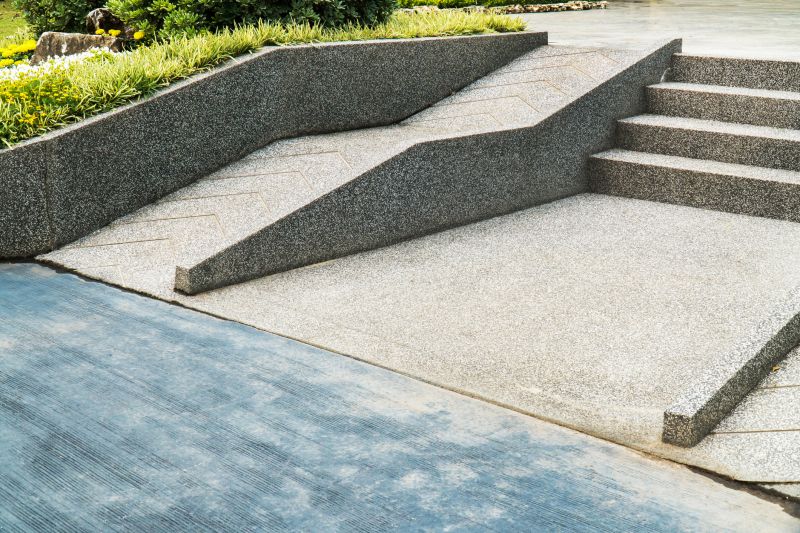
Small tweaks to make Concrete Installations safer and easier to use.
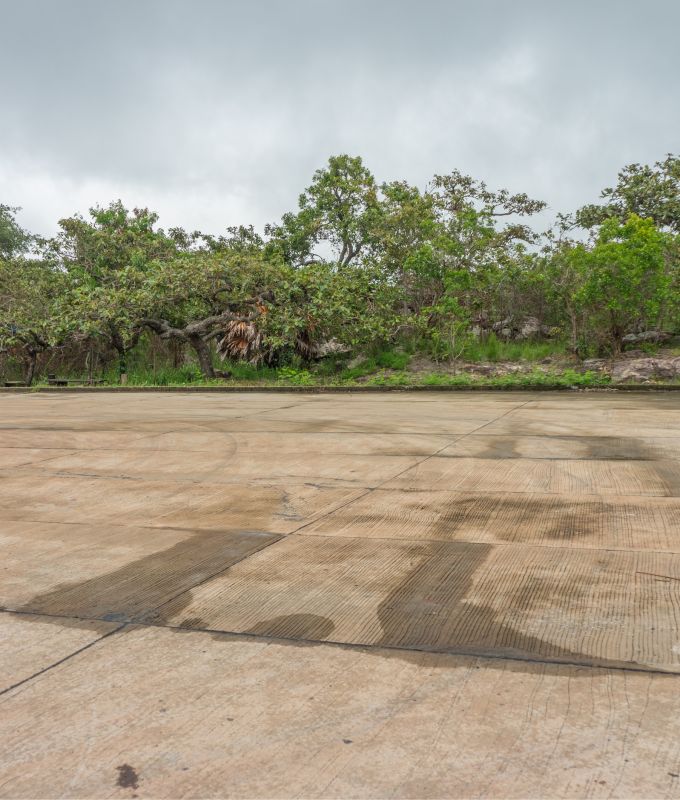
Lower-waste or water-saving choices for Concrete Installations.
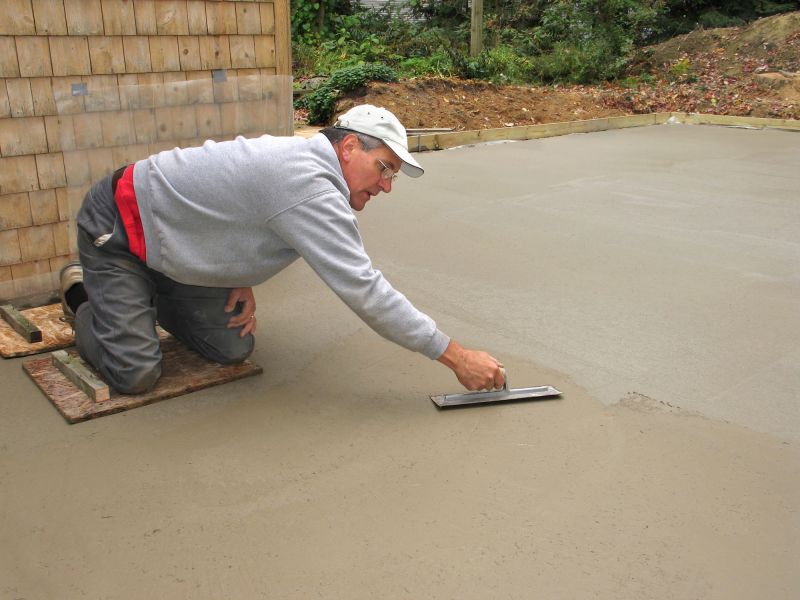
The short, realistic tool list for quality Concrete Installations.
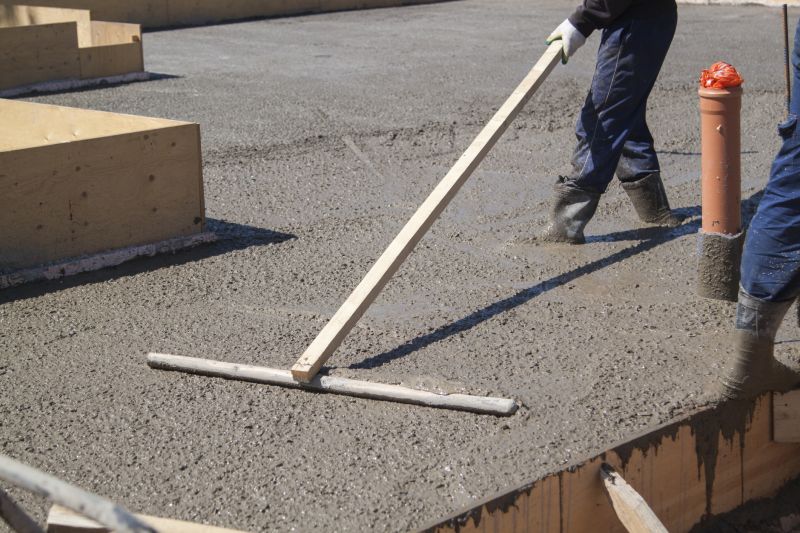
Rough timing from prep to clean-up for Concrete Installations.
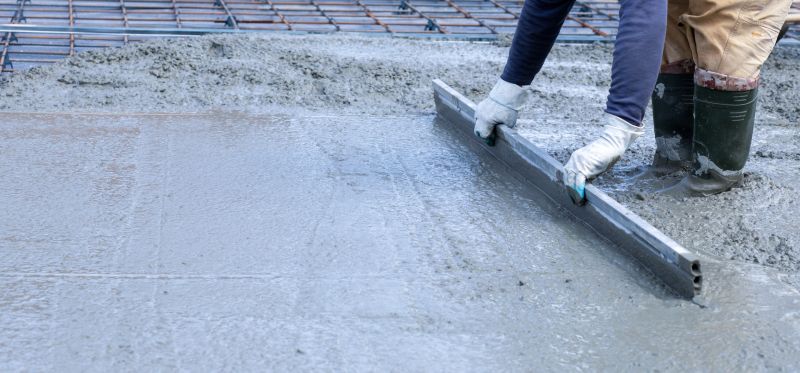
Quick checks and paperwork to keep after Concrete Installations.
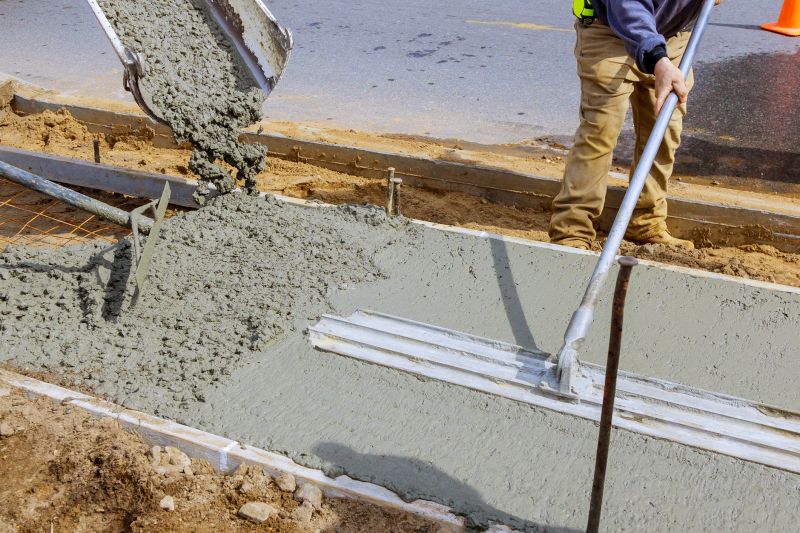
Examples that show the impact a good Concrete Installations can make.
Interested in scheduling a concrete installation? Filling out the contact form provides the necessary details to plan the project during the most suitable season for optimal results.
